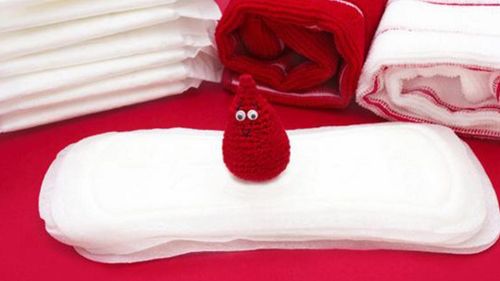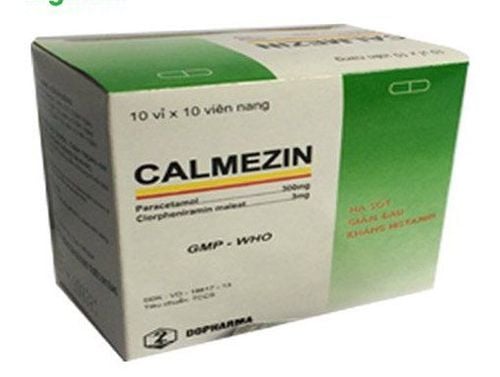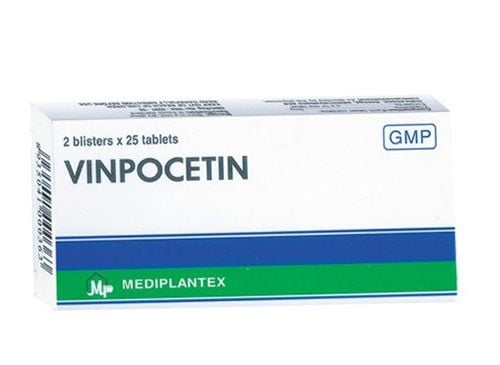This is an automatically translated article.
Dolnaltic belongs to the group of non-steroidal anti-inflammatory drugs, analgesic and antipyretic, treatment of gout and bone and joint diseases. The drug is prepared in the form of film-coated tablets, packed in a box of 25 blisters x 4 tablets or a box of 1 bottle of 60 tablets. Before using Dolnaltic, you should consult your doctor for advice and instructions. Here is some information to help you understand what Dolnaltic does?
1. What is the effect of Dolnaltic?
1.1 Indications of the drug Dolnaltic Dolnaltic drugs have the main ingredient is mefenamic acid 500mg. This drug is usually indicated for the relief of mild to moderate physical pain or neuropathic pain in conditions such as:
Headache; Migraine headache ; Pain due to trauma; Postpartum pain; Pain after surgery ; Toothache; Pain and fever follow inflammation; Dysmenorrhea ; Menorrhagia ; Pain due to spasm; Lower stomach pain. 1.2 Contraindications of Dolnaltic drugs Dolnaltic drugs are contraindicated in the following cases:
People are sensitive to the ingredients and excipients contained in Dolnaltic. Impaired liver and kidney function.
2. Dosage and how to take Dolnaltic
Usage: Dolnaltic drug is taken orally. Patients should take Dolnaltic with meals to achieve the highest therapeutic effect.
Dosage: From 250mg - 500mg x 3 times/day. Each course of treatment should not exceed 7 days.
When treating with Dolnaltic, the treatment period should not exceed 7 days. After treatment, if there is no improvement, you can consult your doctor to know if you should continue taking Dolnaltic or not. Some cases of patients taking an overdose of Dolnaltic have been reported to have convulsions. If you detect an overdose of Dolnaltic, you need to quickly go to the hospital for treatment to promptly reduce the risk of the drug's effects on health.
Note: Dolnaltic dosage above is for reference only. The specific dose of Dolnaltic depends on the condition and the progression of the disease. To get the right dose of Dolnaltic, patients should consult their doctor or healthcare professional.
3. Dolnaltic drug interactions
The mefenamic acid component of Dolnaltic may enhance the response to oral anticoagulants by displacing warfarin at the protein binding site. Therefore, many cases after treatment with Dolnaltic have tested urine and showed positive results when testing for bilirubin.
To avoid interactions, before being prescribed Dolnaltic, the patient should inform the doctor about the drugs they are using, including functional foods. The doctor will base on that to prescribe the appropriate Dolnaltic.
4. Dolnaltic side effects
Like other non-steroidal anti-inflammatory drugs, during the use of Dolnaltic, patients may also experience side effects such as:
Nausea and vomiting; Diarrhea ; Stomachache; Undigested; Rash and itching; Headache; Dizzy; Depression ; Temporary leukopenia. Make asthma worse. Convulsions. Patients need to stop using Dolnaltic as soon as they detect the above side effects or other unusual symptoms. At the same time, quickly notify the treating doctor or immediately go to the nearest medical facility for timely treatment.
5. Precautions when using Dolnaltic
Dolnaltic should be used with caution in patients with acute peptic ulcers. Read the instructions for use of the drug Dolnaltic carefully before taking it. Store Dolnaltic at a temperature not exceeding 30 degrees Celsius. Absolutely do not use when Dolnaltic has signs of discoloration, mold, watery or expired. Above is all information about Dolnaltic drug, patients need to carefully read the instructions for use, consult a doctor / pharmacist before using. Absolutely do not arbitrarily buy Dolnaltic for home treatment because there may be unwanted side effects.
Please dial HOTLINE for more information or register for an appointment HERE. Download MyVinmec app to make appointments faster and to manage your bookings easily.













